Reed Switch: Working, Types, Applications and Benefits in IoT Devices
Reed Switch is a simple but powerful electronic component widely used in IoT devices and smart applications. This complete guide explains its working principle, different types, key advantages, and real-world applications. Whether you are an engineer, student, or IoT enthusiast, understanding Reed Switch technology helps in building efficient, reliable, and cost-effective projects with modern sensor solutions.
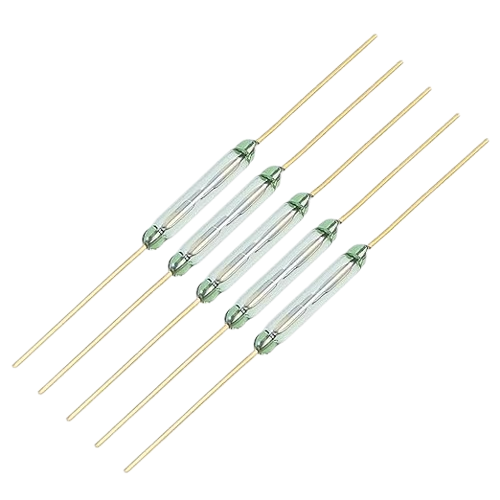
Device Overview
Introduction
In the world of electronics, some components may look very small but play a very important role in everyday devices. One such component is the Reed Switch. It has been in use for decades and is still widely used because of its simple design, low power needs, and high reliability.
A Reed Switch works as a magnetic-controlled switch, and you can find it in refrigerators, washing machines, cars, laptops, and even security systems. This article explains everything about Reed Switches in simple language, including their working principle, types, advantages, applications, and a few real-life examples.
What is a Reed Switch?
A Reed Switch is an electrical switch that operates with the help of a magnetic field. It consists of two thin metal strips called reeds, which are sealed inside a small glass capsule. When a magnet comes close, these metal strips either come together or move apart, which opens or closes an electric circuit.
In short, you can imagine a Reed Switch as a tiny ON/OFF switch controlled by a magnet.
Construction of a Reed Switch
The construction of a Reed Switch is very simple, yet very smart:-
Glass Capsule → The switch is enclosed in a small airtight glass tube. This protects the metal parts from dust, dirt, and moisture.
-
Reeds (Contacts) → Inside the glass tube, there are two ferromagnetic metal strips. These strips are flexible and act as the actual switch contacts.
-
Inert Gas or Vacuum → The tube is filled with an inert gas or sometimes a vacuum, which prevents oxidation and increases the life of the switch.
Working Principle of a Reed Switch
The Reed Switch works on the principle of magnetic fields.
- In normal condition, without a magnet, the contacts stay in their original position (either open or closed, depending on the type).
- When a magnet comes near the switch, the magnetic field forces the contacts to move.
- This action changes the circuit condition – the circuit may turn ON or OFF.
So, the Reed Switch is basically a simple magnet-operated switch.
Types of Reed Switch
-
Normally Open (NO) Reed Switch
- In this type, the contacts remain open when no magnet is present.
- When a magnet comes near, the contacts close, and current flows.
-
Example: Used in door sensors for security alarms.
-
Normally Closed (NC) Reed Switch
- In this type, the contacts remain closed when there is no magnet.
- When a magnet comes near, the contacts separate and stop the current.
-
Example: Safety cut-off switches in industrial machines.
-
Latching Reed Switch
- This switch changes its state when a magnet is applied and stays in that state until another magnetic field changes it again.
-
Example: Used in low-power memory and energy-saving devices.
Advantages of Reed Switch
Reed Switches are popular because they offer many benefits:- Simple design and easy to understand.
- Very low power consumption.
- Long operational life because there is no physical wear like in mechanical switches.
- Compact and lightweight, making them suitable for small electronic devices.
- Can work in dusty, wet, or harsh environments.
- Provides electrical isolation between the control signal and the circuit.
Disadvantages of Reed Switch
While Reed Switches are useful, they also have some limitations:- Not suitable for high current or high voltage applications.
- Limited switching speed compared to semiconductor devices.
- Can sometimes react to unwanted external magnetic fields.
Applications of Reed Switch
Reed Switches are used in many industries and everyday devices. Here are some popular applications:-
Home Appliances → Used in washing machines, refrigerators, and ovens to detect whether a door is open or closed.
-
Security Systems → Commonly used in door and window sensors to trigger alarms.
-
Automotive Industry → Found in fuel level sensors, brake monitoring, and seatbelt indicators.
-
Industrial Equipment → Used for machine safety interlocks and position detection.
-
Medical Devices → Used in equipment where reliable and safe switching is required.
-
Consumer Electronics → Present in smartphones, tablets, and laptops for screen lock/unlock using magnetic covers.
Example of Reed Switch in Daily Life
One of the most common examples of a Reed Switch is in refrigerator doors.
- When you open the door, the light inside automatically turns ON.
- When you close the door, the light turns OFF.
Reed Switch vs Hall Effect Sensor
Both Reed Switches and Hall Effect Sensors are used to detect magnetic fields, but they work differently:-
Reed Switch is mechanical and uses physical movement of contacts.
-
Hall Effect Sensor is electronic and generates a voltage when exposed to a magnetic field.
Future of Reed Switch Technology
Even though modern sensors like Hall Effect and solid-state sensors are becoming popular, Reed Switches still hold an important place. They are cheap, durable, and easy to use, which is why industries continue to rely on them. With the rise of smart devices and automation, Reed Switches will continue to be used in home appliances, vehicles, and industrial machines.
Conclusion
The Reed Switch may look simple, but it is one of the most useful components in electronics. It works as a magnet-controlled ON/OFF switch and is found in countless applications such as security systems, home appliances, cars, and consumer gadgets. Its advantages like low power use, long life, and reliability make it a popular choice even today. Whether you are a student, hobbyist, or professional, learning about Reed Switches gives you a strong base in understanding magnetic switches and their role in modern electronics.Where to Buy
| Platform | Price | Action |
|---|---|---|
|
|
₹348 | Buy Now |
Prices may vary. Click on "Buy Now" to check current availability and pricing.
Administrator
Frequently Asked Questions
Common questions about Reed Switch: Working, Types, Applications and Benefits in IoT Devices. Find answers to the most frequently asked questions.
User Reviews & Comments
Share your experience with this IoT device. Your feedback helps our community make informed decisions!
Share Your Experience
Help others by sharing your thoughts about this IoT device.
Related Devices
Explore more IoT devices in the same category
Discover how the Ultrasonic Sensor HC-SR04 works and how to use it in IoT projects. This detailed guide covers its working principle, pin configuration, interfacing with Arduino, applications in smart systems, and complete circuit setup. Ideal for beginners and IoT developers looking to integrate distance sensing in real-time projects.
A vibration sensor is a crucial device used to detect and measure vibrations in machines, structures, and environments. This complete guide covers how vibration sensors work, their different types, applications across industries, and factors to consider before selection. Learn how these sensors improve safety, enhance performance, and prevent costly equipment failures.
Discover everything about IR sensors used in modern IoT applications. Learn their types, working principles, interfacing methods, and real-world uses. This complete guide helps developers and engineers choose the best IR sensor for smart electronics and automation projects with reliable performance.
Discover how photoresistors (LDRs) work in IoT projects. Learn about their functions, real-world applications, circuit integration, and why they are essential in modern smart systems. This detailed guide helps electronics and IoT enthusiasts understand light sensors and their role in automation. Perfect for students, hobbyists, and developers looking to build smarter, light-based solutions.
The BMP180 sensor is a high-precision digital barometric pressure sensor widely used for measuring atmospheric pressure and temperature. This detailed guide covers its key features, specifications, working principle, and practical applications. Learn how the BMP180 delivers accurate environmental data for various projects, along with benefits and usage tips to ensure reliable and efficient performance.
The Hall Effect Sensor is a key electronic component that detects magnetic fields and converts them into electrical signals. Widely used in IoT devices, robotics, and industrial systems, this sensor provides accurate, contactless, and reliable performance. In this blog, we explain how the Hall Effect Sensor works, its types, advantages, and real-world applications. From current measurement to speed detection, it plays a vital role in automation and smart technology.
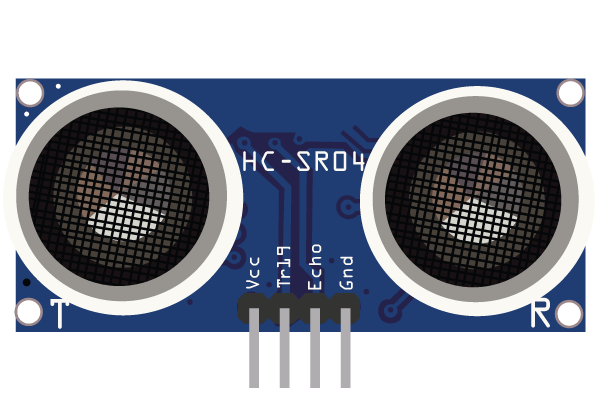
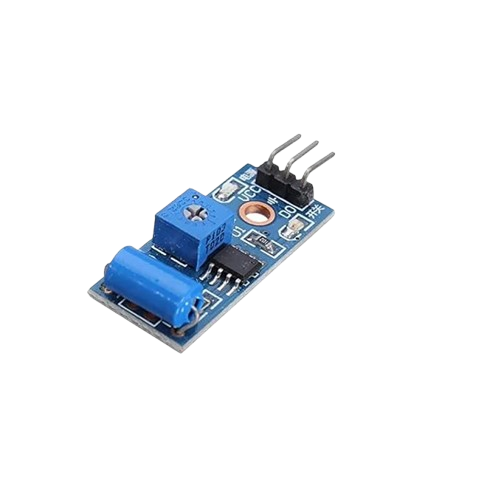
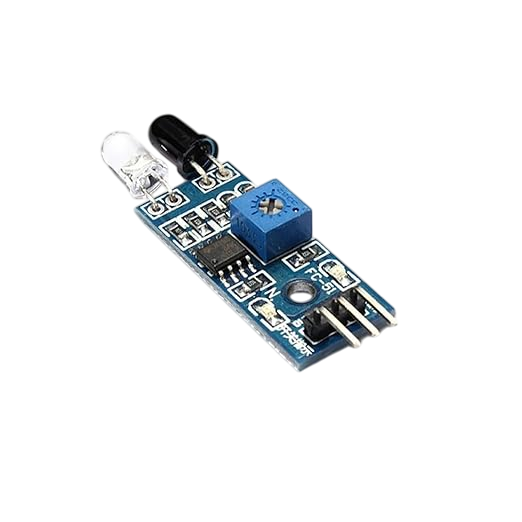
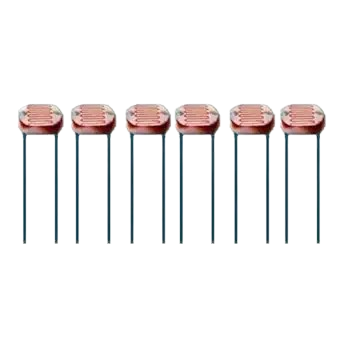
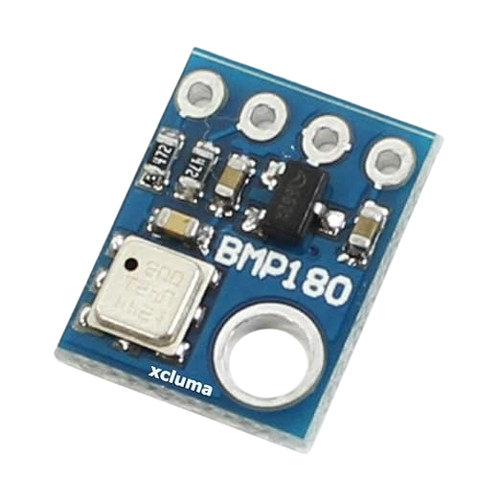
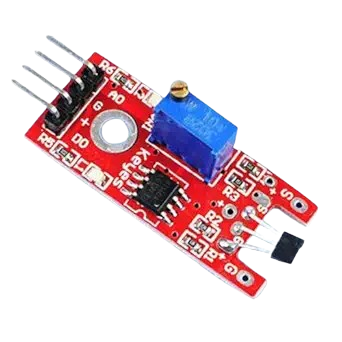
No Reviews Yet
Be the first to share your experience with this IoT device!